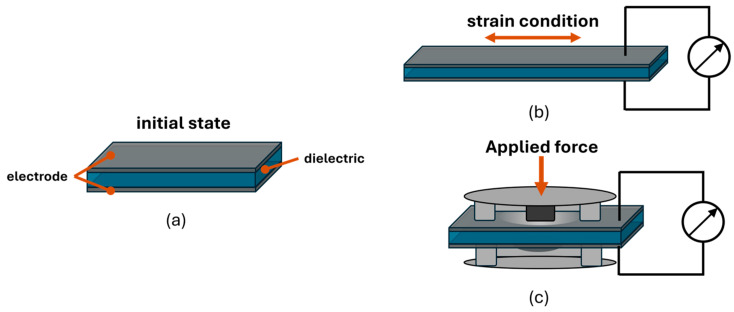2025-03-28 ドイツ連邦共和国・マックスプランク協会 (MPG)

© Andreas Schneider, MPI-DS
<関連情報>
- https://www.ds.mpg.de/4079302/250328_artificial_neurons
- https://arxiv.org/abs/2306.02149
- https://arxiv.org/pdf/2412.02482
局所情報理論的ゴール関数に基づく解釈可能なニューラル学習の一般的枠組み A General Framework for Interpretable Neural Learning based on Local Information-Theoretic Goal Functions
Abdullah Makkeh, Marcel Graetz, Andreas C. Schneider, David A. Ehrlich, Viola Priesemann, Michael Wibral
arXiv last revised 26 Mar 2025 (this version, v3)
DOI:https://doi.org/10.48550/arXiv.2306.02149
Abstract
Despite the impressive performance of biological and artificial networks, an intuitive understanding of how their local learning dynamics contribute to network-level task solutions remains a challenge to this date. Efforts to bring learning to a more local scale indeed lead to valuable insights, however, a general constructive approach to describe local learning goals that is both interpretable and adaptable across diverse tasks is still missing. We have previously formulated a local information processing goal that is highly adaptable and interpretable for a model neuron with compartmental structure. Building on recent advances in Partial Information Decomposition (PID), we here derive a corresponding parametric local learning rule, which allows us to introduce ‘infomorphic’ neural networks. We demonstrate the versatility of these networks to perform tasks from supervised, unsupervised and memory learning. By leveraging the interpretable nature of the PID framework, infomorphic networks represent a valuable tool to advance our understanding of the intricate structure of local learning.
ニューロンは何を目指すべきか?情報理論に基づく局所目的関数の設計 What should a neuron aim for? Designing local objective functions based on information theory
Andreas C. Schneider, Valentin Neuhaus, David A. Ehrlich, Abdullah Makkeh, Alexander S. Ecker, Viola Priesemann, Michael Wibral
arXiv last revised 21 Jan 2025
Abstract
In modern deep neural networks, the learning dynamics of the individual neurons is often obscure, as the networks are trained via global optimization. Conversely, biological systems build on self-organized, local learning, achieving robustness and efficiency with limited global information. We here show how self-organization between individual artificial neurons can be achieved by designing abstract bio-inspired local learning goals. These goals are parameterized using a recent extension of information theory, Partial Information Decomposition (PID), which decomposes the information that a set of information sources holds about an outcome into unique, redundant and synergistic contributions. Our framework enables neurons to locally shape the integration of information from various input classes, i.e. feedforward, feedback, and lateral, by selecting which of the three inputs should contribute uniquely, redundantly or synergistically to the output. This selection is expressed as a weighted sum of PID terms, which, for a given problem, can be directly derived from intuitive reasoning or via numerical optimization, offering a window into understanding task-relevant local information processing. Achieving neuron-level interpretability while enabling strong performance using local learning, our work advances a principled information-theoretic foundation for local learning strategies.


